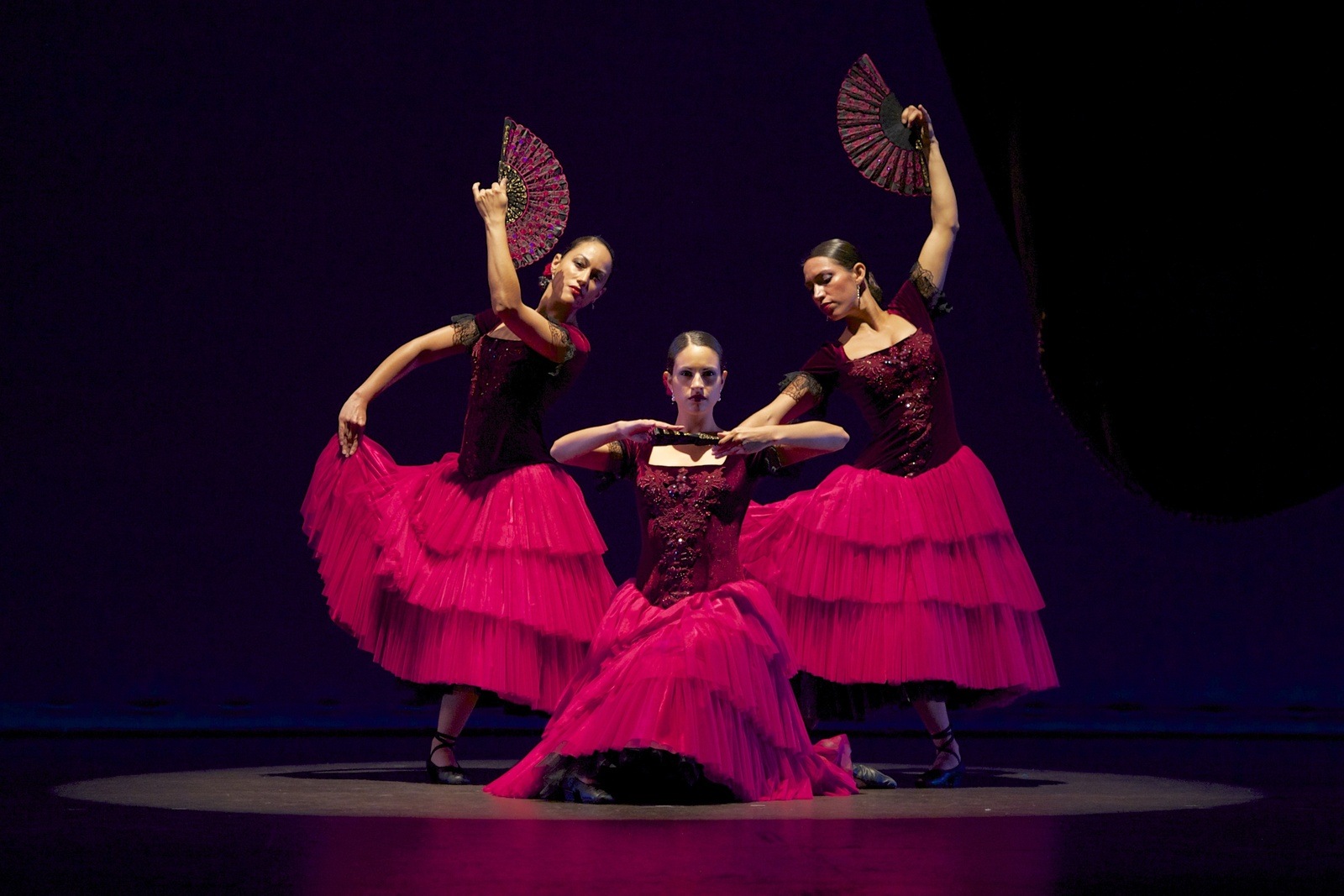
Spanish theater has a rich history filled with vibrant stories, passionate characters, and cultural significance. From the Golden Age of Spanish drama to contemporary performances, it has evolved while maintaining its unique charm. Did you know that Spain's theatrical tradition dates back to the medieval period? Over centuries, it has produced some of the world's most renowned playwrights, like Lope de Vega and Federico García Lorca. Spanish theater isn't just about the past; it's alive and thriving today, with festivals and performances that draw audiences from around the globe. Whether you're a theater enthusiast or just curious, these 30 facts will give you a deeper appreciation for the art form that continues to captivate and inspire.
Key Takeaways:
- Spanish theater has a rich history dating back to religious plays in the 12th century, evolving into the Golden Age and modern era, with influential playwrights shaping its course and legacy.
- Today, Spanish theater remains vibrant, with unique elements like the "gracioso" character and zarzuela, and continues to explore contemporary issues while celebrating its rich heritage through festivals and international tours.
The Origins of Spanish Theater
Spanish theater has a rich history that dates back centuries. From religious plays to the Golden Age, it has evolved significantly over time.
- Spanish theater began with religious plays called "autos sacramentales" in the 12th century.
- These plays were performed during Corpus Christi festivals to teach religious lessons.
- By the 16th century, secular plays started gaining popularity in Spain.
- Lope de Vega, a prolific playwright, wrote over 1,800 plays during the Spanish Golden Age.
- The first permanent theater in Spain, Corral de la Cruz, opened in Madrid in 1579.
The Golden Age of Spanish Theater
The Golden Age, or "Siglo de Oro," was a period of flourishing arts and literature in Spain, including theater.
- This era spanned from the late 15th century to the early 17th century.
- Lope de Vega is often credited with revolutionizing Spanish theater during this time.
- The "comedia," a three-act play combining tragedy and comedy, became popular.
- Pedro Calderón de la Barca, another key figure, wrote the famous play "Life is a Dream."
- Theaters called "corrales de comedias" were open-air venues where these plays were performed.
Influential Playwrights
Several playwrights have left an indelible mark on Spanish theater, shaping its course and legacy.
- Tirso de Molina created the iconic character Don Juan in his play "The Trickster of Seville."
- Lope de Rueda, considered the father of Spanish professional theater, introduced the "paso," a short comedic play.
- Juan Ruiz de Alarcón, a Mexican-born playwright, contributed significantly to Spanish theater with his moralistic plays.
- Sor Juana Inés de la Cruz, a nun and writer, penned several important plays in the 17th century.
- Federico García Lorca, a 20th-century poet and playwright, wrote "Blood Wedding" and "The House of Bernarda Alba."
Modern Spanish Theater
Modern Spanish theater continues to evolve, reflecting contemporary issues and experimenting with new forms.
- The Spanish Civil War had a profound impact on theater, with many playwrights going into exile.
- Antonio Buero Vallejo emerged as a leading playwright in post-war Spain.
- The "Teatro de la Abadía" in Madrid is known for its innovative productions.
- Contemporary playwrights like Juan Mayorga address social and political themes in their works.
- The "Festival de Teatro Clásico" in Almagro celebrates Spain's theatrical heritage annually.
Unique Elements of Spanish Theater
Spanish theater has distinct characteristics that set it apart from other theatrical traditions.
- The use of "gracioso," a comic character, is a hallmark of Spanish plays.
- Spanish theater often blends poetry with prose, creating a lyrical quality.
- The "zarzuela," a Spanish operatic form, combines spoken dialogue with music.
- Traditional Spanish theater frequently incorporates dance and music.
- The "entremés," a short, humorous interlude, is performed between acts of longer plays.
Spanish Theater Today
Today, Spanish theater remains vibrant, with numerous festivals, productions, and new works being created.
- The "Teatro Español" in Madrid is one of the oldest theaters still in operation.
- The "Festival Internacional de Teatro Clásico" in Mérida features performances in a Roman amphitheater.
- Spanish theater companies often tour internationally, bringing their unique style to global audiences.
- The "Centro Dramático Nacional" in Madrid supports contemporary Spanish playwrights.
- Spanish theater continues to explore themes of identity, history, and social change.
The Final Act
Spanish theater has a rich history full of vibrant stories and colorful characters. From the Golden Age to modern times, it has evolved, reflecting the cultural shifts and societal changes of Spain. Playwrights like Lope de Vega and Federico García Lorca have left an indelible mark, influencing theater worldwide. The tradition of zarzuela and the passion of flamenco continue to captivate audiences, showcasing Spain's unique artistic flair. Whether you're a theater enthusiast or just curious, Spanish theater offers a fascinating glimpse into the soul of Spain. So next time you have a chance, catch a Spanish play or musical. You'll not only enjoy a great performance but also connect with a rich cultural heritage that spans centuries. Spanish theater isn't just about the past; it's a living, breathing art form that continues to inspire and entertain.
Frequently Asked Questions
Was this page helpful?
Our commitment to delivering trustworthy and engaging content is at the heart of what we do. Each fact on our site is contributed by real users like you, bringing a wealth of diverse insights and information. To ensure the highest standards of accuracy and reliability, our dedicated editors meticulously review each submission. This process guarantees that the facts we share are not only fascinating but also credible. Trust in our commitment to quality and authenticity as you explore and learn with us.
